3 Ways to Avoid Writing ‘Episodic’ Scenes in Fiction
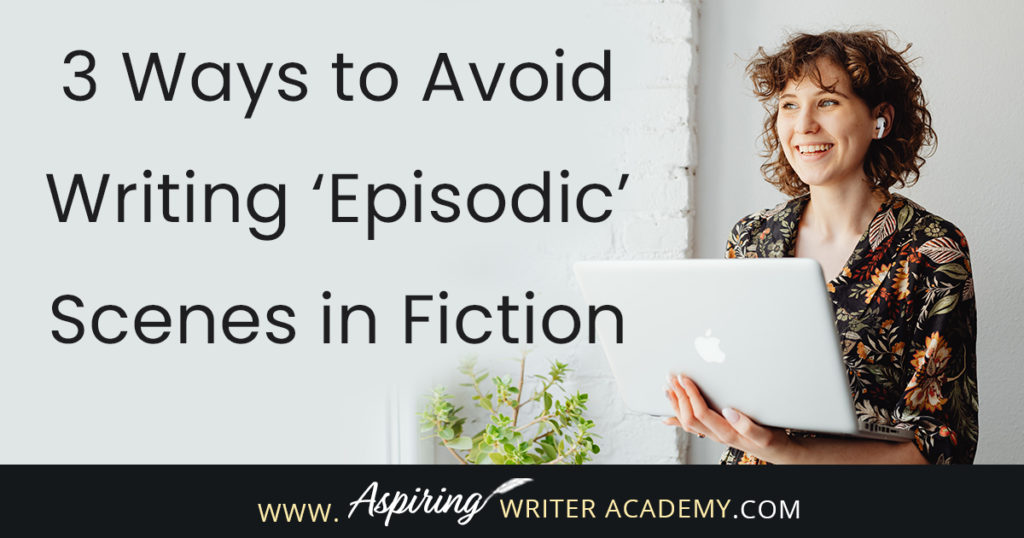
Has anyone ever called your story ‘episodic?’ Were you left wondering what that term even meant? Perhaps you heard the word ‘episodic’ used negatively by an agent or editor at a conference, or by a critique partner, a Beta reader, or…in a rejection letter. In our post, 3 Ways to Avoid Writing ‘Episodic’ Scenes in Fiction, we help you overcome this common writing pitfall so you can strengthen your story and keep readers turning pages.
When first starting out, many aspiring writers will feature a character in their fictional story who are hit with what seems to be a lot of bad luck. First, this happens to him, then that happens to him, and then just as the character finally makes a decision to take a step forward in one direction, something hits him from out of the blue to derail him once again.
The character is almost always in reaction mode, like someone in a snowball fight who is so busy dodging snowballs that they don’t have time to throw one of their own.
After a while, the story appears repetitious no matter how much action or ‘conflict’ is added. The story lacks direction, forward action, and meaning. The reader may think, “What is the point of all this?”
3 Ways to avoid episodic writing are:
- Give your character purpose
- Give your scenes purpose
- Give your overall story purpose
Follow along as we discuss each one in more detail.

1) Give Your Character Purpose
Readers like proactive characters, who make decisions and take action. The POV (point of view) character, or protagonist, should have an objective, a goal, and an action plan to achieve this goal. This is his purpose—to achieve this goal by the end of the book.
As the story opens, the character should be living in his everyday ordinary world, relatively content, when something big happens to turn his whole ‘world’ upside down. This is usually something out of the blue, a disaster the character was not expecting. The disaster has severe consequences for the character if he does not deal with it.
He decides upon a goal, a plan, a course of action to overcome this problem. It will not be easy, and it will take many steps to complete. In fact, it will take the entire book for the character to overcome this problem and achieve his goal. He will face opposition, setbacks, and failures, but this character will keep moving forward, focused on achieving his goal.
After this initial “Inciting Incident,” the character will enter each future scene with a ‘scene goal’ that will help him achieve the bigger goal. The character is the one driving the plot. He makes things happen. He is actively going after what he wants. He is not passively reacting to events which just keep happening to him.

2) Give Your Scenes Purpose
The character enters each scene with a goal, a purpose. He should encounter opposition, perhaps another person, the antagonist of the scene, who does not want the character to achieve this scene goal. The opposition does not have to be a villain. It can be the character’s best friend, mother, or even his romantic interest. However, the opposition character will try to stop the main character from getting what he wants in this scene.
A great way to lay this out when writing is to use the components of Scene & Sequel.
Click to See our Blog Post: Scene & Sequel: The Secret to Plotting an Epic Novel
The characters fight, argue, disagree, and the scene may end favorably for your main character, or he may be met with disappointment, but the scene must be included in the story for a reason.
What did the character learn by going into this scene?
Did he gain new insight into his problem or situation?
The character must have purpose, but the scene itself must also have purpose.
How did this scene push the character further along on his story journey to achieve his overall story goal?
Most importantly, the insights and outcome of this scene will push the main character to form the next scene goal so that the scenes have a connection.
One scene should lead to the next in a logical progression.
The character decides what to do about the outcome of this scene and actively charges forward with a new step or new scene goal for his next scene.

3) Give Your Overall Story Purpose
Why did you, the author, write this story? And what do you hope your readers gain by reading it?
Great stories are those which resonate with the reader. These are the ones we can’t put down because the characters and events of the plot combine to touch our hearts and souls on a deeper level.
These stories have impact, meaning, purpose. We think about the story far after its over, perhaps even years later, because of the way everything came together to deliver a message that we deem significant.
What was the lesson or new insight the character gained by taking the steps to overcome the opposition and achieve his goal? How has this character changed? Can he now do something at the beginning that he couldn’t do at the beginning, like love, forgive, trust another?
Each of the scenes should have taught the character a little something, enlightened him just a bit, like increments on a meter.
If the character was able to persevere and overcome the challenges to pursuing his goal, then the reader feels maybe he has a chance to do so also.
Even if it is a story written to entertain, the meaning behind the story can still touch readers in a profound way. One that may help them to think about life differently. One that may have the reader ask questions about something they’d never really thought about before.
A character with purpose, entering scenes with purpose, will ultimately create a story of purpose. One that holds meaning. The character takes the reader along on a journey of significance.
I hope you have enjoyed 3 Ways to Avoid Writing ‘Episodic’ Scenes in Fiction.
You can download our Free Brainstorming Your Story Idea Worksheet with fill-in-the-blank templates to help you develop your characters, flesh out your story idea, and deepen your plot.
Do you find it difficult to create compelling antagonists and villains for your stories? Do your villains feel cartoonish and unbelievable? Do they lack motivation or a specific game plan? Discover the secrets to crafting villains that will stick with your readers long after they finish your story, with our How to Create Antagonists & Villains Workbook.
This 32-page instructional workbook is packed with valuable fill-in-the-blank templates and practical advice to help you create memorable and effective antagonists and villains. Whether you're a seasoned writer or just starting out, this workbook will take your writing to the next level.
If you have any questions or would like to leave a comment below, we would love to hear from you!
Our Goal for Aspiring Writer Academy is to help people learn how to write quality fiction, teach them to publish and promote their work, and to give them the necessary tools to pursue a writing career.

ENTER YOUR EMAIL BELOW
TO GET YOUR FREE
"Brainstorming Your Story Idea Worksheet"
7 easy fill-in-the-blank pages,
+ 2 bonus pages filled with additional story examples.
A valuable tool to develop story plots again and again.
Other Blog Posts You May Like
Scene & Sequel: The Secret to Plotting an Epic Novel
Scene & Sequel: The Secret to Plotting an Epic Novel (Part 2)
Writing Fiction: How to Develop Your Story Premise
12 Quick Tips to Write Dazzling Dialogue
10 Questions to Ask When Creating Characters for Your Story
Macro Edits: Looking at Your Story as a Whole
Basic Story Structure: How to Plot in 6 Steps
Writing Fiction: How To Keep Track of Time in Your Story
Behind the Scenes: Interview with the Authors of the “Sew in Love” Collection

is a multi-published author, speaker, and writing coach. She writes sweet contemporary, inspirational, and historical romance and loves teaching aspiring writers how to write quality fiction. Read her inspiring story of how she published her first book and launched a successful writing career.




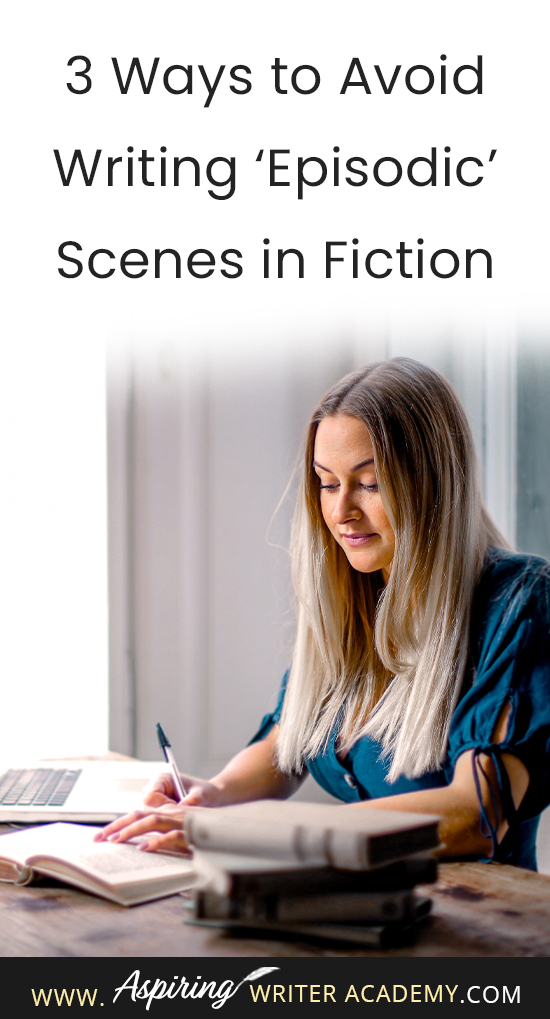

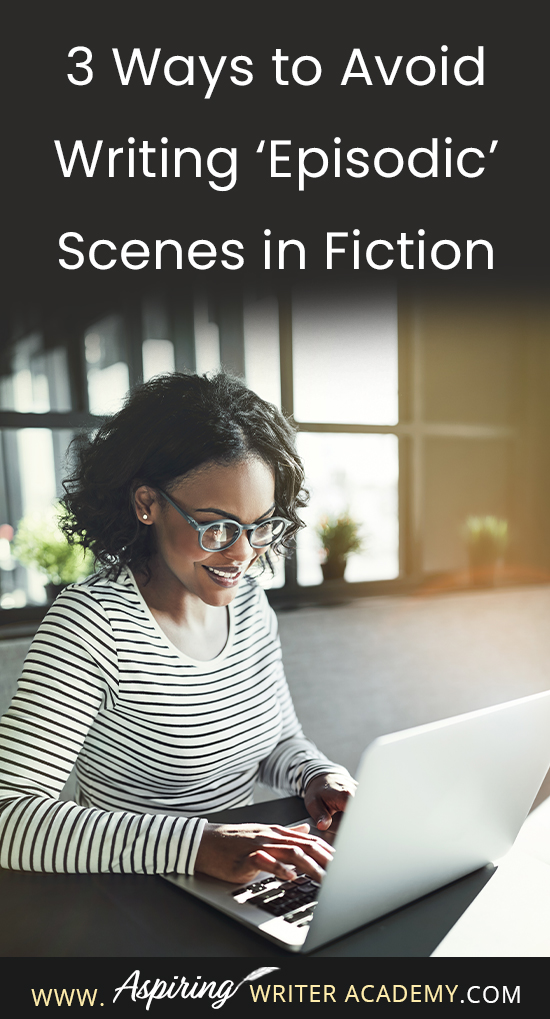



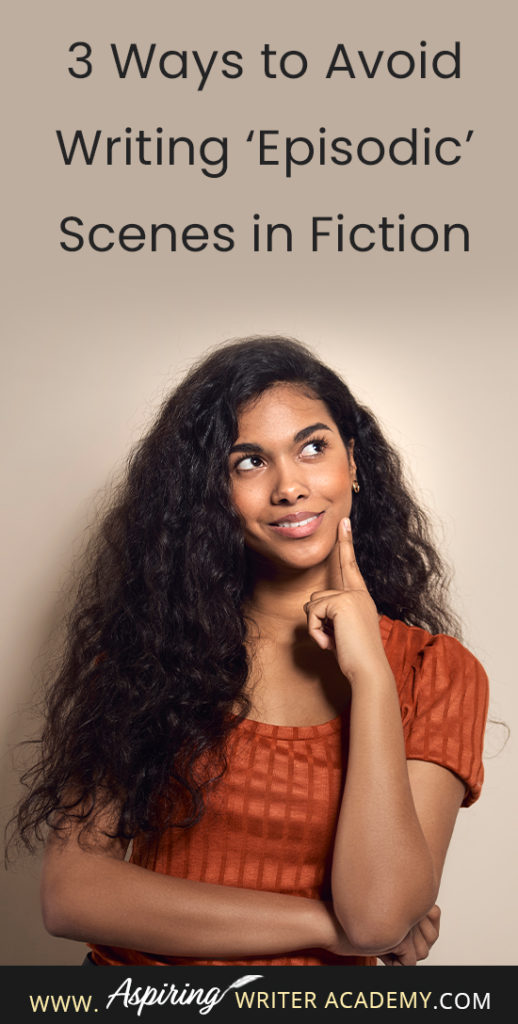

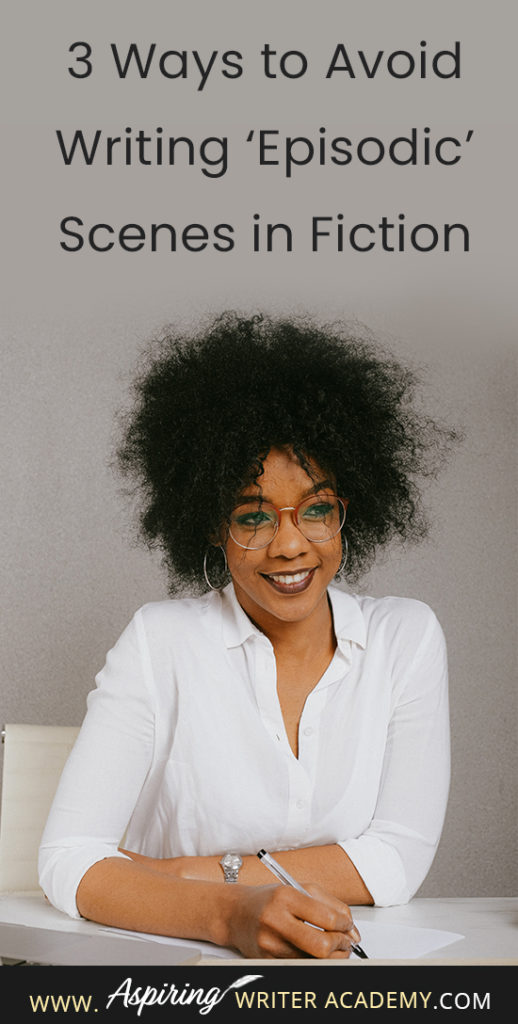
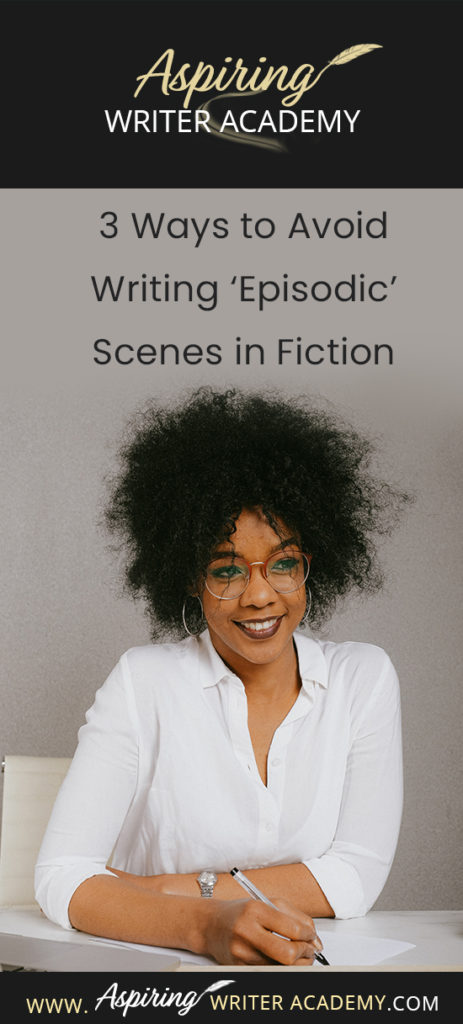
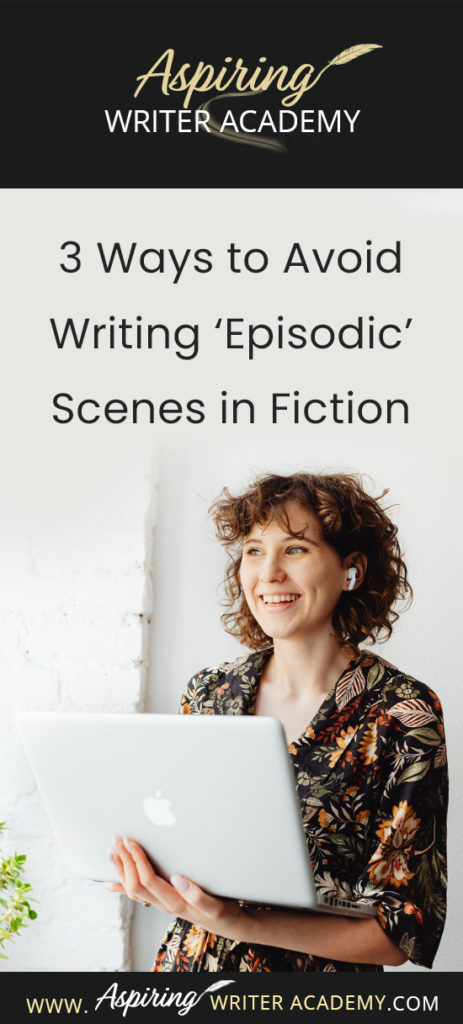
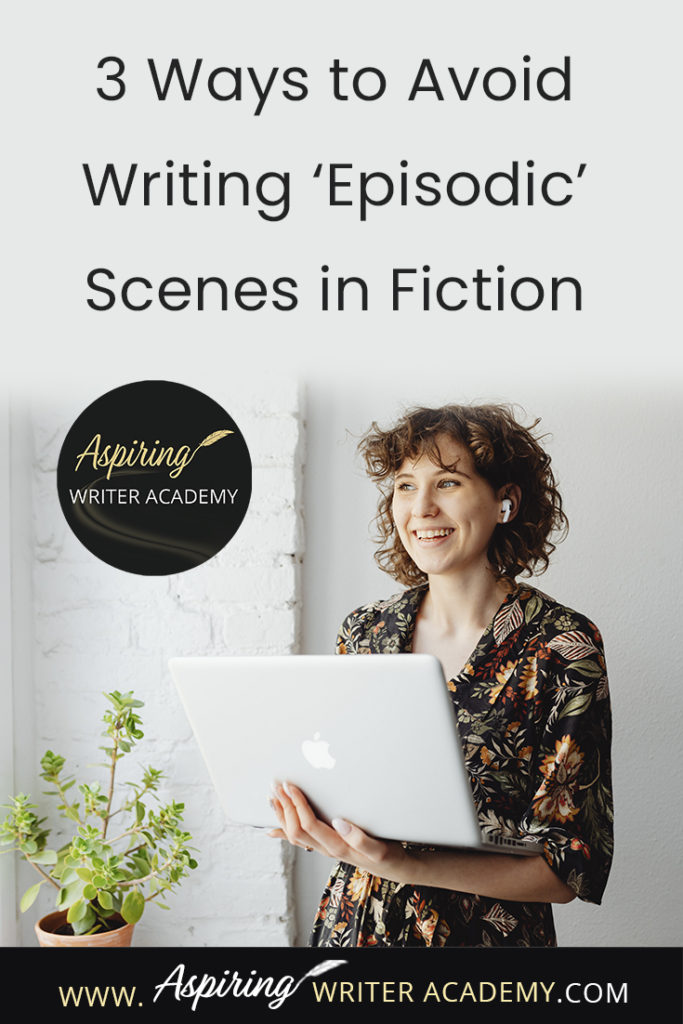

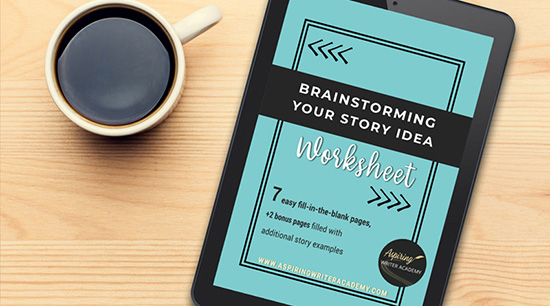











Completely amazing. This is exactly what I needed. You put a structure and a sense to the vague ideas in my head. I can’t believe how clearly my story appears to me now, what I need to do in every chapter. Thank you so much.
I’m thrilled to hear that the post made such a difference for you! It’s great to know that it helped bring clarity to your story. Wishing you all the best with your writing journey. 🙂